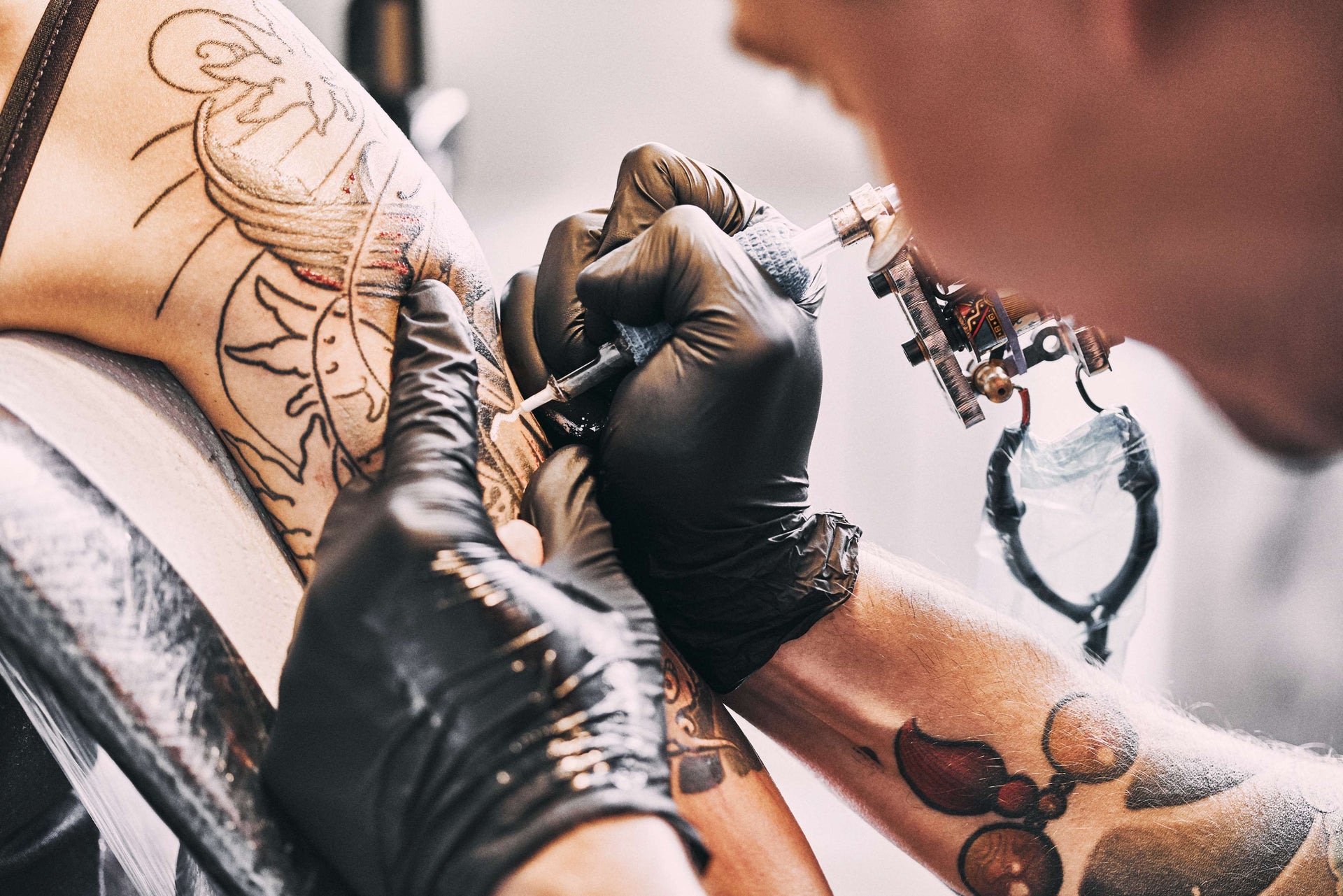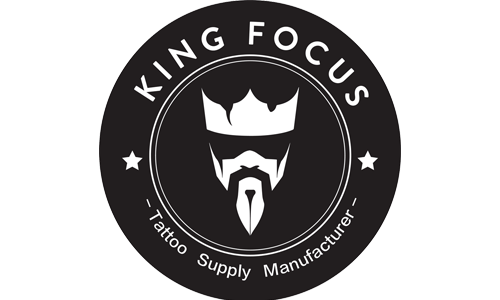
Are Tattoo Needles Painful?
For anyone considering their first tattoo, one of the most common questions is: Are tattoo needles painful? The thought of a needle puncturing the skin can be intimidating, but the reality of tattoo pain is more nuanced. Let’s break down the factors that influence tattoo pain, what it feels like, and how to manage it.
What Does a Tattoo Feel Like?
Tattoo needles don’t operate like the needles used for injections. Instead of penetrating deep into the body, they pierce the skin's outer layer (the epidermis) and deposit ink into the dermis. The sensation can vary greatly depending on several factors, but most people describe the pain as:
A sharp scratching or stinging sensation.
A vibration or buzzing feeling, especially on bony areas.
A mild burning or dull aching as the session progresses.
For some, the experience is more annoying than painful. Others might find it uncomfortable but manageable.
Factors That Influence Tattoo Pain
Placement on the Body
The location of the tattoo is one of the most significant factors in how much pain you’ll feel. Areas with thin skin, more nerve endings, or less muscle tend to be more painful. For example:
High pain areas: Ribs, spine, hands, feet, and inner thighs.
Low pain areas: Upper arms, thighs, outer shoulders, and calves.
Tattoo Size and Design
Larger tattoos that require long sessions can lead to more prolonged discomfort.
Intricate designs with a lot of shading or detailing may involve more needle passes, increasing the sensation.
Individual Pain Tolerance
Everyone’s pain threshold is different. Some people find tattooing relatively painless, while others feel more discomfort.
Tattoo Technique and Artist Skill
A skilled tattoo artist who uses high-quality needles and equipment can significantly reduce pain. Consistent, precise work minimizes unnecessary trauma to the skin.
Mental State and Preparation
Anxiety or stress can heighten your perception of pain. On the other hand, staying relaxed and mentally prepared can make the experience easier.
How to Manage Tattoo Pain
Prepare Beforehand
Get a good night’s sleep before your session.
Eat a healthy meal to keep your blood sugar levels stable.
Stay hydrated.
Choose the Right Artist
Look for a professional, experienced artist who works with high-quality needles, like InkSpike needles, which are designed for precision and minimal skin trauma.
Take Breaks During the Session
For longer tattoos, ask your artist to pause if you start feeling overwhelmed.
Use Numbing Creams (If Needed)
Some over-the-counter creams can help reduce surface-level pain, but always discuss this with your artist first.
Focus on the Outcome
Remind yourself why you’re getting the tattoo and how rewarding the final result will be.
Does Everyone Feel Pain the Same Way?
No. Tattoo pain is highly subjective and can vary based on individual factors like mood, health, and even the time of day. What feels painful for one person might be entirely tolerable for another.
Do Quality Needles Make a Difference?
Absolutely. High-quality tattoo needles, like those from InkSpike, are designed to provide a smoother tattooing experience. Precision needles minimize skin trauma, resulting in less irritation and potentially less pain for the client. They also allow the artist to work more efficiently, reducing the overall time spent under the needle.
Conclusion: Is It Worth It?
Yes, tattoos may come with some level of discomfort, but for most people, the experience is entirely manageable—and the result is worth it. Pain is temporary, but the art you carry becomes a lasting expression of your story, creativity, or identity.
By choosing a skilled artist, preparing properly, and using high-quality equipment, you can ensure a positive tattooing experience. If you’re nervous about pain, talk openly with your artist—they’ve seen it all and can help make your session as comfortable as possible.
What Does a Tattoo Feel Like?
Tattoo needles don’t operate like the needles used for injections. Instead of penetrating deep into the body, they pierce the skin's outer layer (the epidermis) and deposit ink into the dermis. The sensation can vary greatly depending on several factors, but most people describe the pain as:
A sharp scratching or stinging sensation.
A vibration or buzzing feeling, especially on bony areas.
A mild burning or dull aching as the session progresses.
For some, the experience is more annoying than painful. Others might find it uncomfortable but manageable.
Factors That Influence Tattoo Pain
Placement on the Body
The location of the tattoo is one of the most significant factors in how much pain you’ll feel. Areas with thin skin, more nerve endings, or less muscle tend to be more painful. For example:
High pain areas: Ribs, spine, hands, feet, and inner thighs.
Low pain areas: Upper arms, thighs, outer shoulders, and calves.
Tattoo Size and Design
Larger tattoos that require long sessions can lead to more prolonged discomfort.
Intricate designs with a lot of shading or detailing may involve more needle passes, increasing the sensation.
Individual Pain Tolerance
Everyone’s pain threshold is different. Some people find tattooing relatively painless, while others feel more discomfort.
Tattoo Technique and Artist Skill
A skilled tattoo artist who uses high-quality needles and equipment can significantly reduce pain. Consistent, precise work minimizes unnecessary trauma to the skin.
Mental State and Preparation
Anxiety or stress can heighten your perception of pain. On the other hand, staying relaxed and mentally prepared can make the experience easier.
How to Manage Tattoo Pain
Prepare Beforehand
Get a good night’s sleep before your session.
Eat a healthy meal to keep your blood sugar levels stable.
Stay hydrated.
Choose the Right Artist
Look for a professional, experienced artist who works with high-quality needles, like InkSpike needles, which are designed for precision and minimal skin trauma.
Take Breaks During the Session
For longer tattoos, ask your artist to pause if you start feeling overwhelmed.
Use Numbing Creams (If Needed)
Some over-the-counter creams can help reduce surface-level pain, but always discuss this with your artist first.
Focus on the Outcome
Remind yourself why you’re getting the tattoo and how rewarding the final result will be.
Does Everyone Feel Pain the Same Way?
No. Tattoo pain is highly subjective and can vary based on individual factors like mood, health, and even the time of day. What feels painful for one person might be entirely tolerable for another.
Do Quality Needles Make a Difference?
Absolutely. High-quality tattoo needles, like those from InkSpike, are designed to provide a smoother tattooing experience. Precision needles minimize skin trauma, resulting in less irritation and potentially less pain for the client. They also allow the artist to work more efficiently, reducing the overall time spent under the needle.
Conclusion: Is It Worth It?
Yes, tattoos may come with some level of discomfort, but for most people, the experience is entirely manageable—and the result is worth it. Pain is temporary, but the art you carry becomes a lasting expression of your story, creativity, or identity.
By choosing a skilled artist, preparing properly, and using high-quality equipment, you can ensure a positive tattooing experience. If you’re nervous about pain, talk openly with your artist—they’ve seen it all and can help make your session as comfortable as possible.
